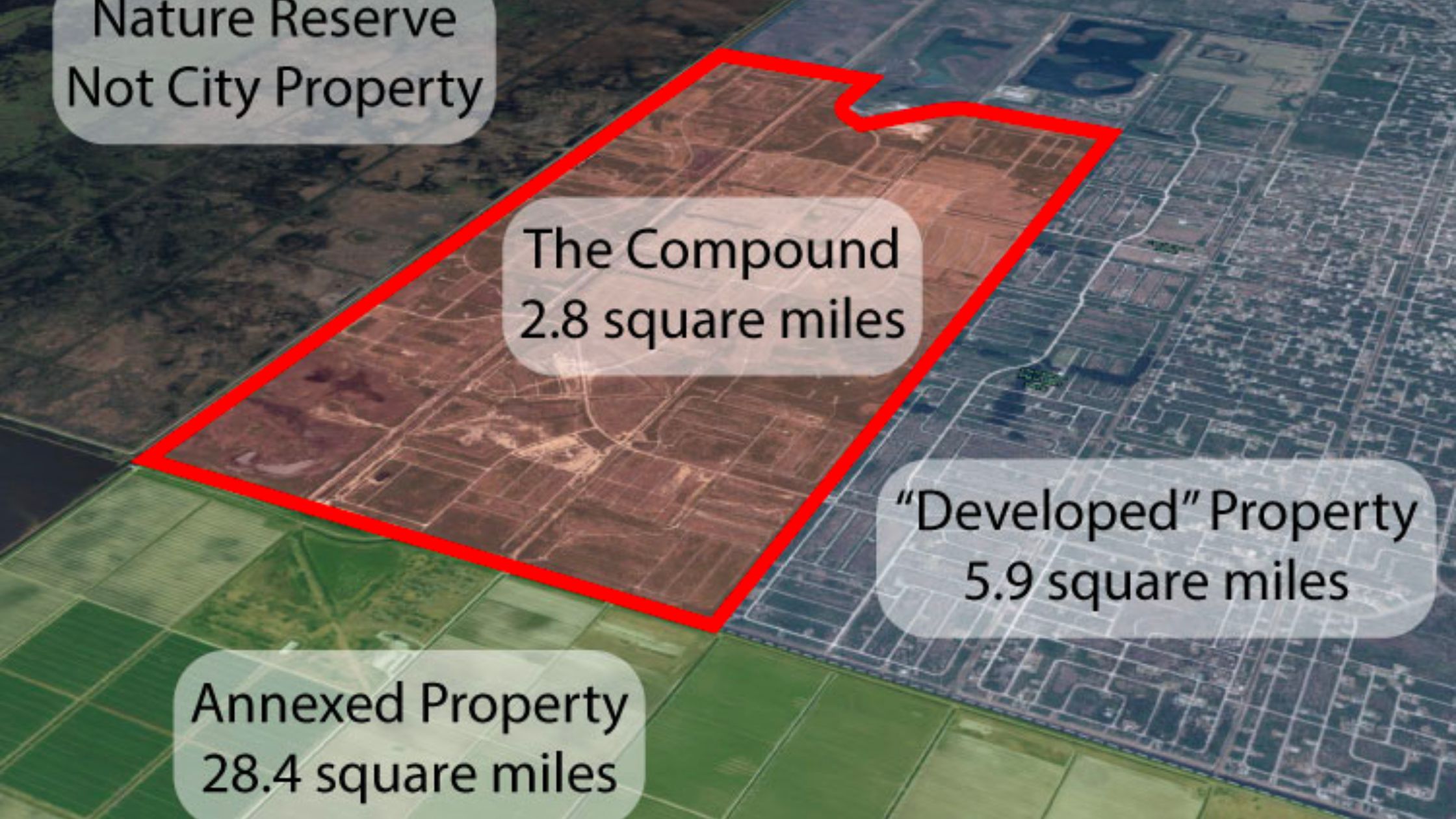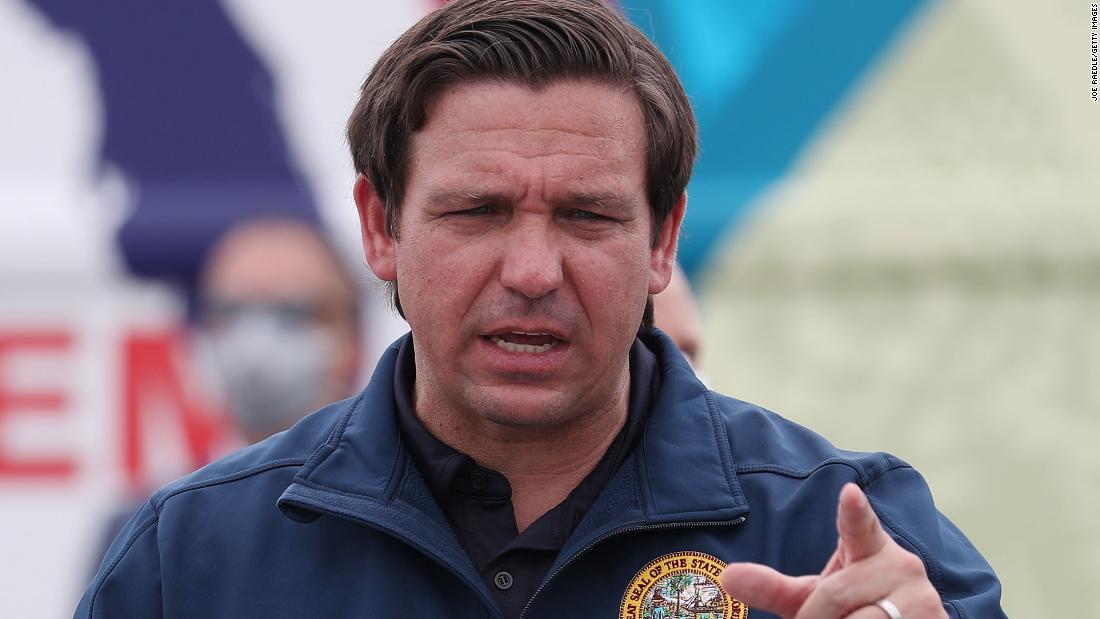WHAT YOU NEED TO KNOW AT A GLANCE:
- Rocket: SpaceX Falcon9
- Booster: B1076 9th flight
- Payload: O3b mPOWER Satellites 5 and 6
- Time: Launch Window from 4:08pm to 5:37pm
- Date: 11-12-23
- Location: LC40 CCAFS, Florida
- Booster landing: on A Shortfall of Gravitas
- Trajectory: will be to the East
- Weather: is predicted to be mostly cloudy.
O3b mPOWER
The name “O3b” stands for “Other 3 billion”, a reference to the approximately three billion people in the world who, at the time of the company’s founding, were underserved by modern internet services. This designation highlights the company’s original mission to provide high-speed, affordable internet access to those in parts of the world where connectivity was limited or non-existent, particularly in emerging markets.

The O3b mPOWER 5 and 6 are part of a significant project involving the deployment of a series of advanced satellites to enhance broadband internet connectivity across the globe. This launch will place the 5th and 6th satellites of an 11-satellite constellation into a medium Earth orbit, MEO, around 5,000 miles above the Earth. From MEO, the constellation will cover 96% of the globe. These satellites are built and tested by Boeing. They use an all-electric propulsion system, solar arrays and each satellite will be able to cast virtually countless electronically steerable beams, directed and switched in near real time to provide unmatched services at multiple gigabits
per second per service.
O3b mPOWER is the only satellite communications system that can scale, reliably and dynamically, to deliver thousands of dedicated managed services. The O3b mPOWER 5 & 6 satellites make use of a software system called Adaptive Resource Control (ARC). The O3b mPOWER satellite system aims to provide high-performance connectivity services to multiple sectors, including government, energy, and cruise sectors, as well as telecom companies and mobile network operators. In addition to the 11 satellites, the constellation will also comprise eight ground stations worldwide and dozens of software service providers.
The O3b mPOWER’s start-of-service date is scheduled for Q3 2023 with six satellites in orbit.
SES
SES, originally known as Société Européenne des Satellites, is a leading global satellite operator based in Betzdorf, Luxembourg. Formed in 1985, SES has grown to become one of the world’s preeminent providers of satellite-based communication services. SES operates a large fleet of satellites, providing coverage across the globe. This network includes both Geostationary Earth Orbit (GEO) and Medium Earth Orbit (MEO) satellites. The GEO satellites provide widespread coverage, while the MEO satellites, part of the O3b network, offer lower latency services. The company offers a wide range of services, including broadcasting satellite services (television and radio), data and telecommunications, internet access, and mobile backhaul. SES’s satellite infrastructure is crucial for delivering media and connectivity services in regions where terrestrial networks are limited or nonexistent.

Falcon 9
The Falcon 9 rocket is a two-stage-to-orbit medium-lift launch vehicle designed and manufactured by SpaceX in the United States. It is known for its ability to land and be reused up to 18 times to date, a feature that has revolutionized the economics of space flight.
Before launch, the Falcon 9’s first and second stages are assembled and tested at SpaceX’s facilities. Its Merlin engines, avionics, and stage separation systems undergo thorough checks. The payload, which could be a satellite, Dragon spacecraft, or other cargo, is encapsulated in the rocket’s payload fairing after being tested and prepared in a cleanroom facility. The integrated rocket, with the payload fairing attached, is transported to the launch site and raised into a vertical position on the launch pad. SpaceX uses the Transporter Erector Launchers (TEL) to both transport the rocket and serve as a support structure, providing connections for power, cooling, fuel, and communication systems. In the hours leading up to launch, the Falcon 9 undergoes a series of automated and manual checks, including fueling with RP-1 and liquid oxygeLiftoff begins when the first stage’s nine Merlin engines are ignited, and once all systems are confirmed to be operating correctly, the rocket is released from the hold-down clamps. Following liftoff, the Falcon 9 follows a pre-programmed trajectory, with its flight path and attitude controlled by the rocket’s onboard computer and ground control. After the first stage engines shut down, the first and second stages separate. The second stage, with a single Merlin Vacuum engine, ignites to continue the ascent to orbit. In most missions, the first stage performs a series of maneuvers to return to Earth, including a boost-back burn, an entry burn, and a landing burn, aiming to land on a drone ship at sea or a landing zone near the launch site.
The second stage delivers the payload to the intended orbit. It may perform one or more burns to adjust the trajectory. Once the target orbit is achieved, the payload is released. For satellite deployments, a dispenser may be used to separate the satellite(s) from the second stage. After payload deployment, the second stage performs a deorbit burn to re-enter the Earth’s atmosphere, preventing it from becoming space debris.
The Falcon 9 can carry payloads of up to 50,265 pounds to low Earth orbit (LEO) and 18,300 pounds to geostationary transfer orbit (GTO). The Falcon 9’s upper stage can restart multiple times to deploy multiple payloads into different orbits. The Falcon 9 has a high degree of accuracy in payload placement, making it a preferred option for a variety of customers, including commercial, government, and defense. SpaceX has incorporated an array of safety features, including an automated flight termination system, and has achieved a high rate of successful missions, bolstering the Falcon 9’s reliability.
Overall, the Falcon 9 has become a workhorse of both commercial and scientific space flight, reflecting SpaceX’s commitment to innovation and reusability in space operations.
Elon Musk
Elon Musk is a prominent entrepreneur and innovator, most recognized for his pivotal role in the advancement of electric vehicles, space exploration, and alternative energy. Born in South Africa in 1971, Musk’s early forays into the business world included Zip2 Corporation, a company providing maps and business directories to newspapers, and X.com, which evolved into PayPal and was subsequently acquired by eBay in 2002, providing Musk with the capital to pursue further ambitious projects.
Space Exploration Technologies Corp., or SpaceX, was founded by Musk in 2002 with the overarching aim of making space travel more affordable and ultimately colonizing Mars. SpaceX has been at the forefront of aerospace achievements, launching the first privately funded liquid-fueled rocket to reach orbit, sending the Dragon spacecraft to the International Space Station, and introducing the powerful Falcon Heavy rocket. Musk also serves as the CEO and product architect of Tesla, Inc., where he has been instrumental in popularizing electric vehicles and advancing sustainable energy through products like solar roofs and energy storage solutions.
Space Exploration Technologies Corp., or SpaceX, was founded by Musk in 2002 with the overarching aim of making space travel more affordable and ultimately colonizing Mars. SpaceX has been at the forefront of aerospace achievements, launching the first privately funded liquid-fueled rocket to reach orbit, sending the Dragon spacecraft to the International Space Station, and introducing the powerful Falcon Heavy rocket. Musk also serves as the CEO and product architect of Tesla, Inc., where he has been instrumental in popularizing electric vehicles and advancing sustainable energy through products like solar roofs and energy storage solutions.
Apart from his ventures in space and automotive industries, Musk has initiated ventures aimed at future technology and infrastructure. Neuralink, founded in 2016, is developing brain-computer interfaces to connect humans and computers, while The Boring Company is working on innovative tunneling and infrastructure projects to address traffic congestion. Musk also co-founded SolarCity, which Tesla later absorbed, continuing his commitment to renewable energy. Known for his visionary goals, Musk’s influence spans from artificial intelligence, with his early involvement in OpenAI, to his ambitious plans for a multiplanetary human existence, leaving an indelible mark on the technological landscape of the 21st century.




